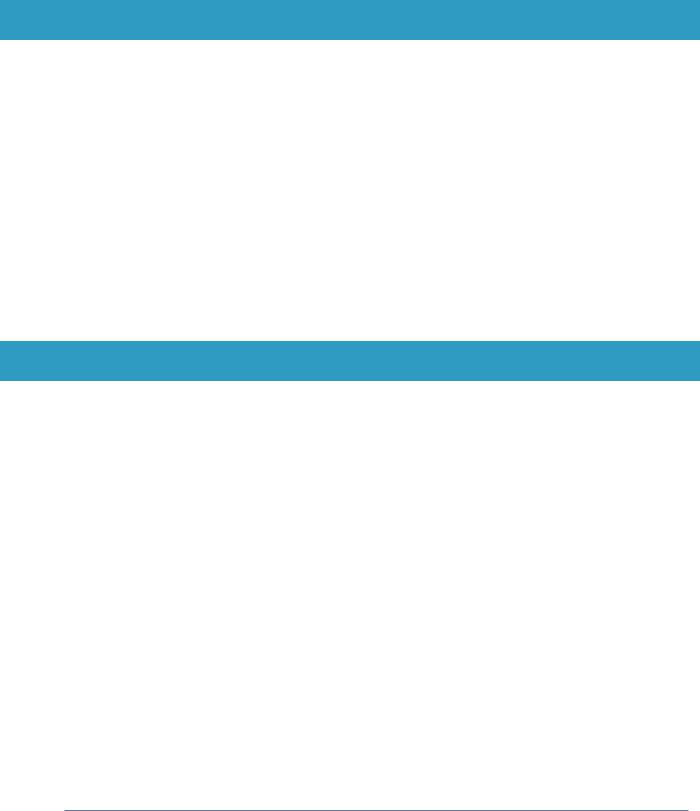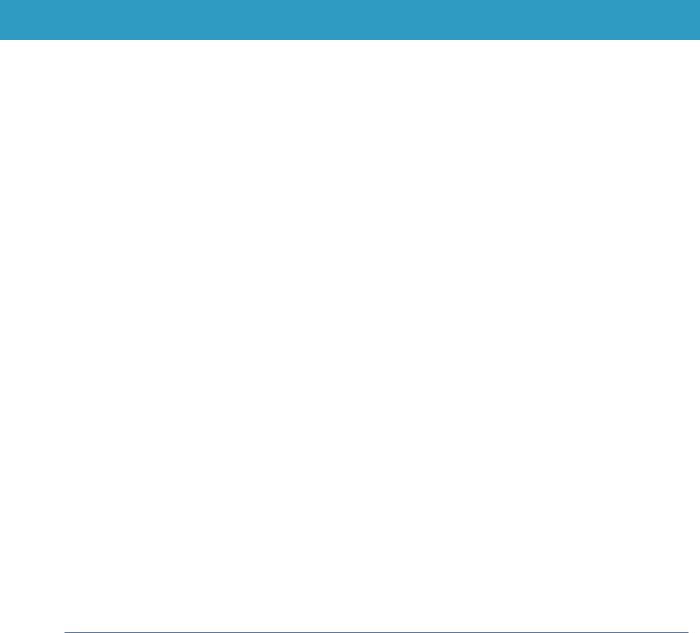
GreatWebinarTips
.pdf
In many cases, this process means that users who can’t take the time to attend a live presentation actually view an online version that is as effective as the actual live event.
Tip 6: Schedule Multiple Opportunities for Viewers to Attend
Improve Your Odds
Since the goal of nearly every Webinar is to get audience members to a "next step," the measure of success depends on the number of people that attend. Unfortunately it is almost impossible to select a day and time that will be convenient for the vast majority of potential attendees.
If the same Webinar is scheduled for two distinctly different times, the total of two audiences will be greater than the potential audience for any single hour in a given week. In many situations, the best practice is to schedule one program for daytime during business hours and one for an evening of the same week.
For some people who have very strong interest, the second presentation offers an opportunity to repeat the program to ask additional questions. Others may view the first presentation and send colleagues, family members or team members to attend the later version.
Tip 7: Launch a Strong Follow-up Process
Tailor Your Follow up – Use Individual Responses
The purpose of every presentation is a follow-up step. A follow-up step can be many things. It might be a commitment for further discussion at a specified time and place. It might be a promise from the prospect to view an on-demand presentation, which in turn has its own follow-on step. Since many audience members don't follow-up independently, presenters must drive a process to offer the required steps.
The presenter's first follow-up action should be an email message thanking all attendees for attending. If possible the message should provide an "encore" link, directing participants to an ondemand pre-recorded version of the Webinar posted online. It may also provide first notification of the next Webinars scheduled on related subjects.
By using the information captured from interactive audience responses captured during the Webinar the presenter can do much more.
Whether the Webinar goal is sales, training or marketing awareness, every effective Webinar launches a mental decision process. Audience members agree (or disagree) with a series of ideas, products, services or additional training opportunities. As interactive presentations progress and participants become more engaged, presenters have an opportunity to suggest various choices to prospects. Each choice presents a qualifying question that furthers the path to a next-step commitment.
© 2009 PresenterNet |
11 |

By capturing each attendee's responses with interactive slides, presenters have the information they need to tailor a follow-up process for any audience member. Some attendees may have used interactive responses to request a contact or additional information. Others may have responded to questions that indicate high interest. All of these obvious prospects should be contacted by phone or personal email messages within 1-2 days after the Webinar. The remaining attendees can then be sorted to receive appropriate materials or to be flagged for future marketing according to their interests.
In some situations Webinar responses may include questions that were not fully answered during the live Webinar session. Answers to these questions may provide opportunities for dialog. In all cases, responding to follow-up questions one-on-one supports the presenter's or company's brand and opens doors for additional actions.
Putting it all together
Long-term Success
An effective Webinar is more than an online slide show. It requires solid preparation, effective execution and strong follow-up.
Webinar presenters who know their subject can create and deliver a good PowerPoint presentation. The rest of the ingredients—an effective invitation process; a strong Welcome slide; effective use of animations; well-planned interactive dialog; a pre-recorded on-demand version; effective scheduling; and a strong follow-up process—complete the recipe for Webinar excellence and long-term success.
© 2009 PresenterNet |
12 |
